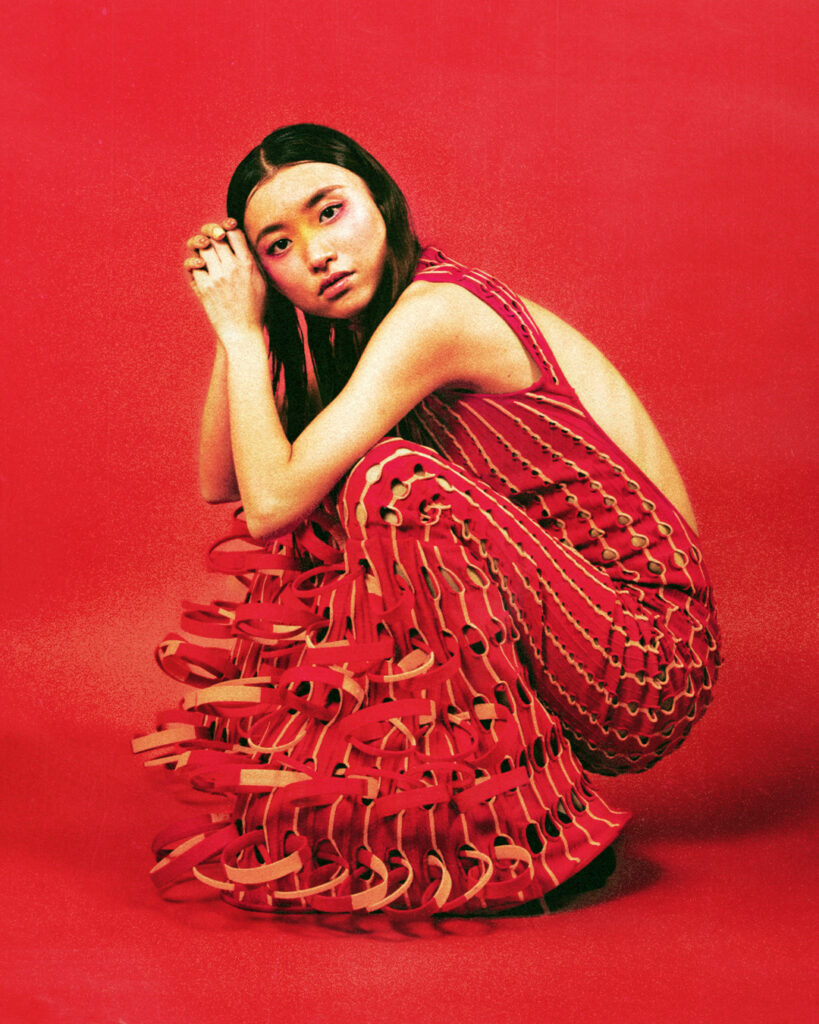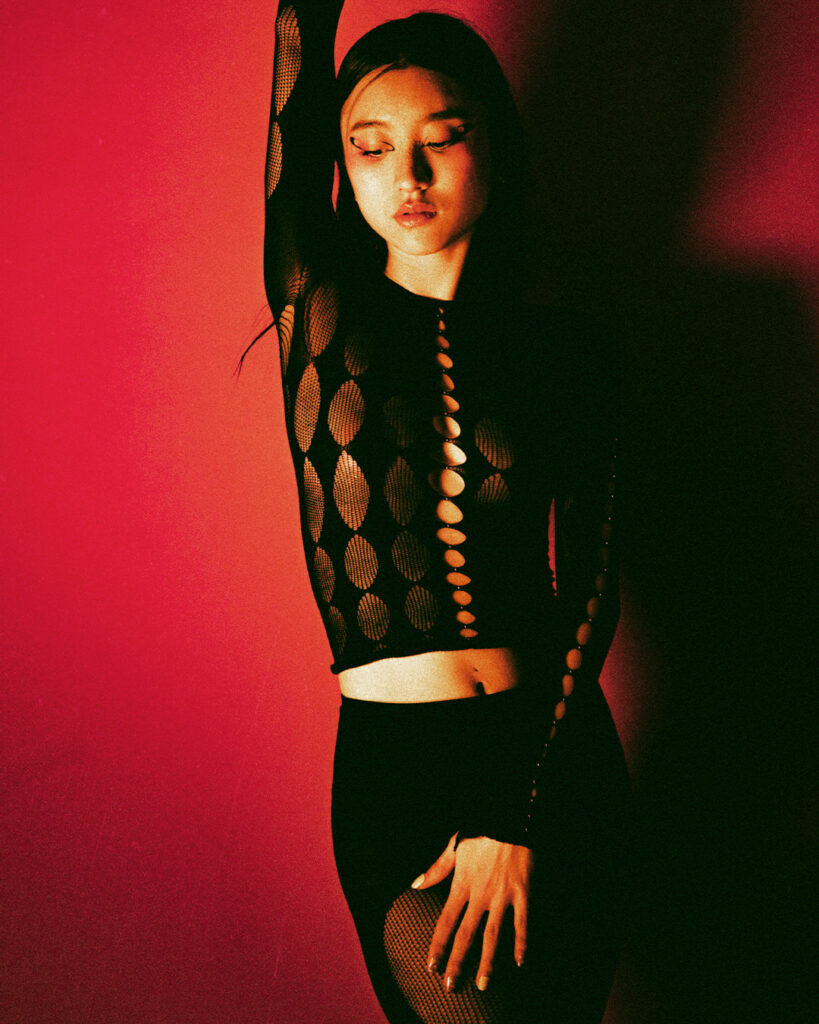
Crafting Contemporary African Design
Nifemi Marcus-Bello, a Nigerian designer based in Lagos, specializes in product, furniture, and experience design. Celebrated for his talent in crafting sustainable products that originate from local ecosystems while making waves in international projects, Nifemi is the creative force behind nmbello Studio. He is at the forefront of shaping Africa’s design landscape with his innovative and unconventional designs. His work seamlessly blends historical perspectives with contemporary influences, resulting in conceptual products that marry artistic expression with practical functionality. Nifemi Marcus-Bello’s approach to design aligns with the emerging trend that explores the intersection between producing individual pieces and small series. His creations are deeply rooted in culture and often serve as vessels for profound meanings.
Hi Nifemi, thank you for joining us for this conversation. Can you share more about your childhood experiences that sparked your interest in product design and manufacturing?
My story into design is a bit of a cliche to people who eventually chose a path of creativity. As a kid I was curious and got excited around dismantling any object I could, so at the age of 13 my mum introduced me to a welder who I would have an apprenticeship with for a few years after school. Even with all of this, I never thought of design as a career path, I gravitate more towards art and architecture because contextually, they were a lot more familiar at the time. After staying back home for a few years after high school, my mum eventually would be able to send me to school in the United Kingdom. Here I stumbled on to design as a practice and profession and it was love at first sight.

Looking back, what advice would you give to your younger self as you embarked on your design journey?
I have been described to be a “cynic optimist”, a trait I had in my younger years and still have till now. For me I think all good designers possess an energy of optimism when creating any piece of work in the sense that you are presenting an idea into the world with the thought of changing what or how the world currently sees itself. So my advice to my younger self would be to remain optimistic and hopeful.
In today’s society, what role do you believe design should play in addressing contemporary needs?
I think design is already playing a very important role in contemporary society and is helping to enhance experiences within technology and even the analogue world. I think it’s easy to forget that everything around us and that we use in our daily lives has to be designed by someone or people, from the chair you sit on, to the laptop you use, to the medical devices you use. So we as a people wouldn’t survive without design, it’s everything to us. I just hope that pushing forward design plays a role in the consideration of ethnography, where design solutions are culturally considerate to users and systems.

In your view, how does the concept of “the society of fatigue,” as described by German-Korean philosopher Byung-Chul Han, manifest in contemporary design, where there’s a growing emphasis on hyper-productivity and efficiency?
I think that design as a practice is and will evolve within the coming years. I think a bigger shift (which is already happening) will see design and designers take greater consideration of systematic, ecological and human sustainability approaches to creating products and design solutions. A good example is a hyperlocal approach to manufacturing, scope of work and distribution.
What initiatives or partnerships have you engaged in to promote African design globally?
I think the easiest thing to do is to be true to yourself and be as authentic as possible when it comes to your design approach and context. As the studio grows, with both a commercial and artistic approach and collaborations with brands in North America and across Europe. I sometimes have to educate clients that yes, the studio is based in Lagos and the work we do is contextual but we actually live in a global village, where everyone uses an iphone, practically see the same movies via Netflix so consumption of aesthetics and information has become global but with a hint of local context, for example, Kids love Stussy in Lagos, Nairobi, London and New York.
What motivated the establishment of nmbello Studio, and how does it align with your vision for the future?
Before established nmbello Studio, I did my rounds as a junior and then lead designer for various companies, designing mobile phones, phone accessories, medical devices and furniture across the continent. I decided to start the studio for many reasons but the one that kept me curious was understanding and documenting material evolution and production availability of modern day Africa through a design practice.
For me the future is in Africa, we have all the resources and with the youngest population in the world, we have the numbers so it is important for us to dictate our on futures and tell our own stories by creating our own products that will eventually dictate how we live and our future aesthetic.

Can you provide an example of a manufacturing process or technology that has inspired your work?
As a lot of my work is contextual to availability I try not to have too much of an emotional attachment to one material. But one material and process that inspired my way of thinking approach to designing within my studio will have to be sheet metal and laser cutting. I know this might and usually comes as a shock for most designers but a great deal of this process is readily available in Lagos due to the production of electrical products such as generators, and they have become the norm in the streets of Lagos, a few indigenous manufacturers who need to produce casing for such items, popularised the process in the early 2000s.
Looking ahead, what aspects of your practice and the potential impact of your designs excite you the most?
I am very happy to be getting busier and being able to have work that resonates with a large audience. A great deal of the commercial work coming out of the studio sells on the continent and outside the continent as well. With this, I think there is untapped potential when it comes to strategic brand partnerships and special projects and a lot of discussion is being had around these possibilities. With my artistic practice via the gallery shows getting a lot of museum acquisitions and discussions around the documentation of my work, I am deliberate in taking the right steps to communicate and archive my work effectively when it comes to the design process via mediums as film and photography, which has helped bring another layer into my design practice as a whole.
In order of appearance
- Nifemi Marcus-Bello. Photography by Stephen Tayo
- Selah Lamp, nmbello Studio. Photography by Kadara Enyeasi.
- Friction Ridge, nmbello Studio. Photography by Kadara Enyeasi.
- Waf Kiosk, nmbello Studio.
All images courtesy of Nifemi Marcus-Bello


